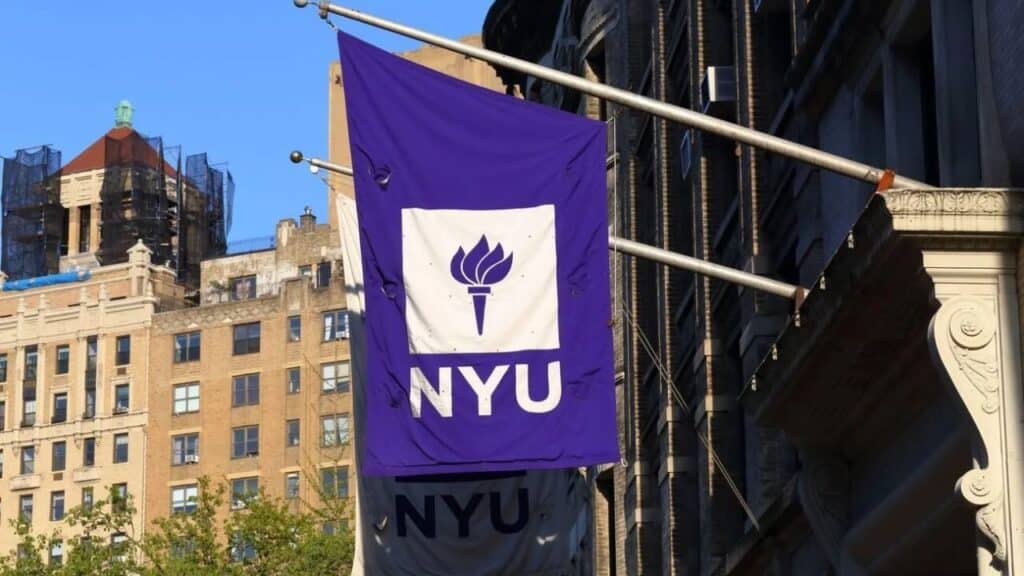In the 21st century, college students are not only looking to make money, but also to make a difference in their communities while doing so.
The ethos of working purely for financial gain has faded, and young people are now more interested in finding a career that is fulfilling, meaningful, and enjoyable. However, pursuing higher education often comes with a hefty price tag, especially at prestigious institutions around the world.
The Impact of College Prestige on Employment Prospects
A student’s college or university can have a significant impact on how recruiters perceive them after graduation. Graduation from expensive colleges and universities implies that the student comes from a family that takes their education very seriously and has the financial means to support it.
Employers highly regard elite institutions such as the Ivy League schools in the US (Harvard, Princeton, Yale, Penn, Dartmouth, Cornell, Columbia, and Brown) and the top universities in the UK (Oxford, Cambridge, Edinburgh, Durham, St Andrews, Exeter, Imperial, Kings, the University of Manchester, and the University of Glasgow).
The Cost of Higher Education
The United States far exceeds the rest of the world in terms of tuition and fees for a four-year bachelor’s program. In countries where wages remain low, colleges are institutions available only to the wealthiest. For some students, the cost of their tertiary education is not a concern, as their parents happily pay the highest prices for the prestige associated with the college named on their diploma. However, for less well-endowed students, their college debt can amount to hundreds of thousands of dollars.
The World’s 10 Most Expensive Colleges and Universities
Here’s a condensed list of the world’s 10 most expensive colleges and universities in 2023, with tuition figures per year:
1. Harvey Mudd College, California, United States of America, $79,539
Harvey Mudd College, located in Claremont, California, is a private liberal arts college focusing on STEM majors and PhDs in mathematics, science, engineering, and IT. Despite its small size (only 902 undergraduate students enrolled in 2021), it boasts the best undergraduate engineering program in the US.
2. Columbia University, New York, United States of America, $66,383
Founded in 1754, Columbia University is the oldest university in New York and one of the nine Colonial Colleges established before the American Revolution. With more than 33,000 students enrolled in 2023 and 84 Nobel Prize winners (the highest tally for any US university), Columbia is a highly prestigious institution.
3. New York University, $65,850
New York University is one of the world’s most expensive universities, with average fees of around $65,850. Despite its high cost, NYU is known for being one of the first colleges to admit students based on their academic ability rather than their social connections. The university offers a wide variety of fields of study, including accounting, acting, chemistry, engineering, English, and global business. NYU is a multinational college with campuses in Asia, Europe, the Middle East, and the US. The university also offers various scholarships, grants, and private loans to help students cover the cost of tuition and associated fees.
4. Massachusetts Institute of Technology (MIT), Boston, United States, $65,000
MIT, founded in 1861, is renowned for its engineering, physical sciences, space, and computing programs. Innovative companies like Google, Boeing, and Apple highly value their graduates, with over 50% securing employment immediately upon graduation.
5. Oxford University, Oxford, United Kingdom, $62,000
Oxford University, dating back to 1096, is the world’s oldest English-speaking university and one of the most prestigious higher education centers. With more than 26,000 students enrolled (46% international), Oxford generates £15.7 billion for the UK economy and provides more than 28,000 full-time jobs.
6. California Institute of Technology (CalTech), Pasadena, California, United States: $55,000
CalTech, a private research university, has a strong emphasis on science and engineering. It is world-renowned for its technological innovation and research in geophysics, seismic studies, and mineral physics. NASA’s Jet Propulsion Laboratory is located on the CalTech campus.
7. Stanford University, $51,000
Consistently ranking as one of the world’s top universities, Stanford is known for its wealth and academic strength. The average fees for Stanford University are around $51,000. The university offers several programs for students to choose from, including computer science, biology, engineering, mathematics, chemistry, and sociology. Stanford also offers non-repayable scholarships as financial aid, enabling students from diverse financial backgrounds to attend.
8. University of Cambridge, Cambridge, United Kingdom, $40,000
The University of Cambridge, established in 1209, is the second-oldest university in the United Kingdom and the third-oldest university in continuous operation worldwide. With 24,270 students and 12,437 staff, Cambridge has a global reputation for innovation and a strong connection between academia and business life.
9. University of Melbourne, Melbourne, Australia, $30,000
Ranked first among Australian universities and 14th worldwide, the University of Melbourne opened in 1853 and is known for its outstanding research and teaching programs. With 52,000 students enrolled in 2023 (41% international), the outlook for employment upon graduation is excellent, ranking 8th worldwide.
10. University College London, United Kingdom, $25,000
University College London (UCL), founded in 1826, was the first university in the UK to accept students from any social class or religion. With 51,000 students and 16,000 staff, UCL is the second-largest university in the UK and is considered the largest by enrollment of postgraduate students.
Takeaways
While the cost of attending the world’s most expensive colleges and universities can be daunting, these institutions offer unparalleled educational experiences, research opportunities, and career prospects. Many of these universities also provide financial aid, scholarships, and grants to help students manage the cost of their education. Ultimately, the decision to invest in a prestigious degree depends on a student’s individual goals, financial situation, and the perceived value of the education they will receive.













































